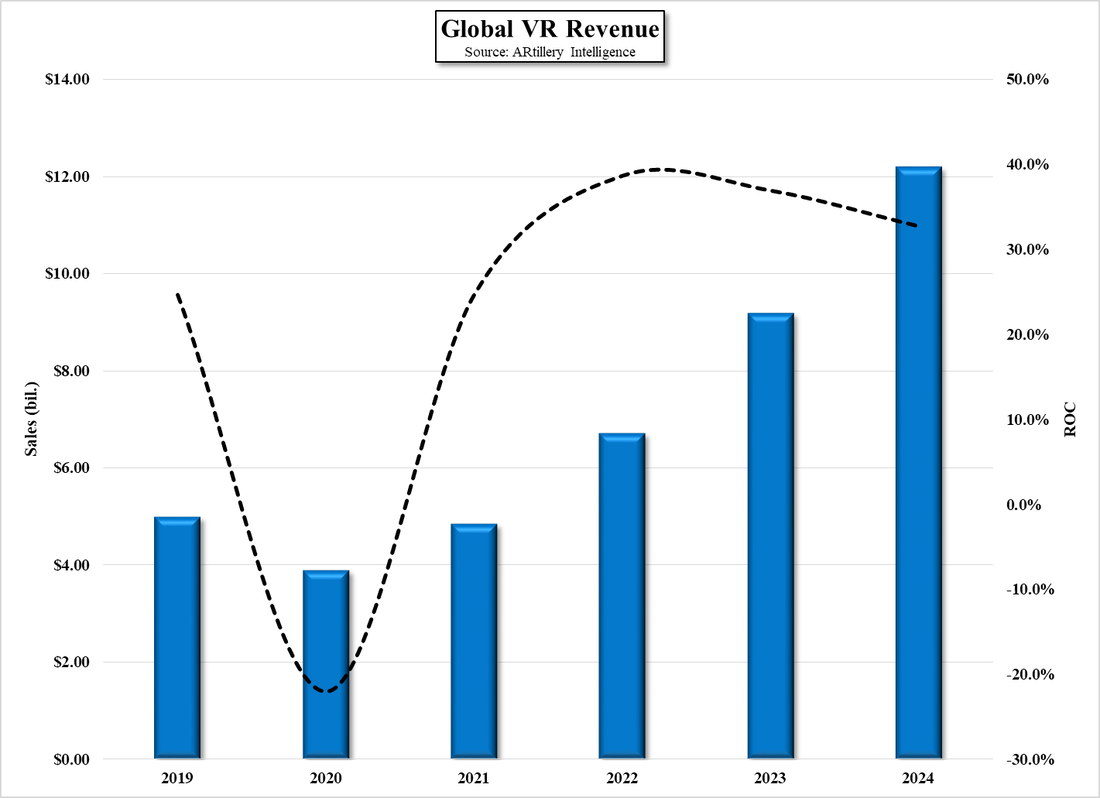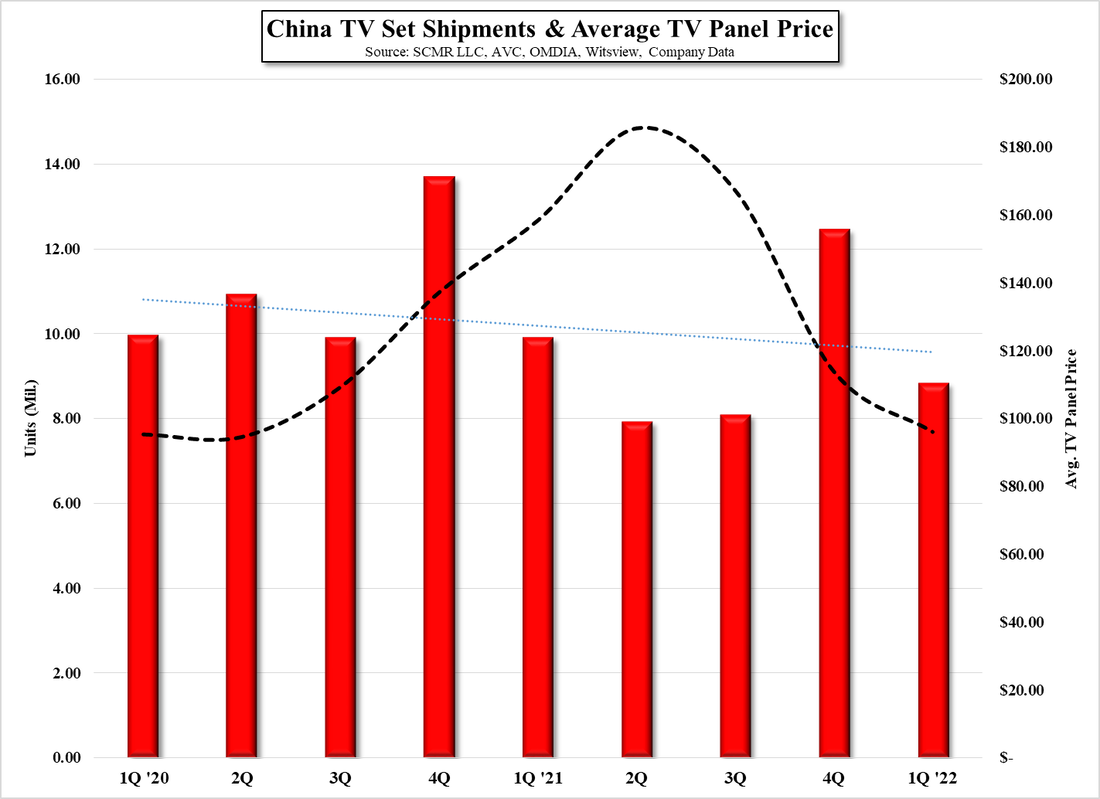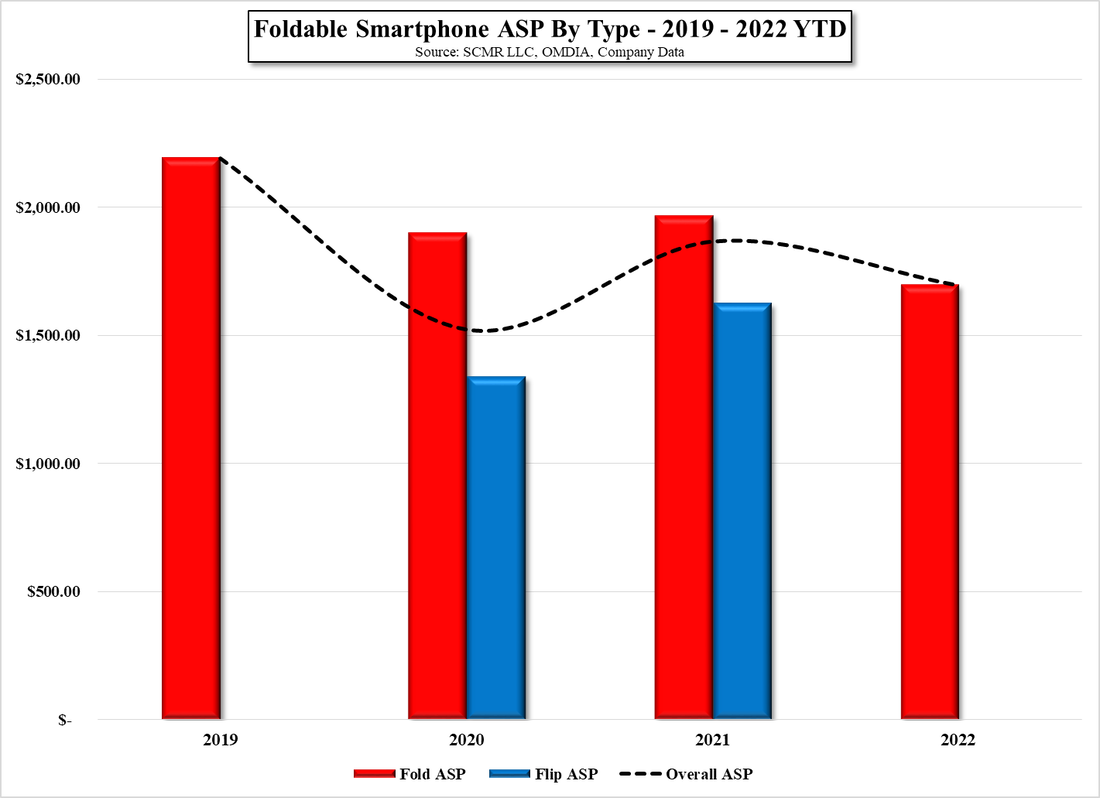Taiwan Semi Still Buying Land for 2nm Fab
The fab is said to have potential for four 12” lines, although it is expected to be built out in 4 phases, and while total fab capacity has not been specified, it is expected that the total fab capacity when fully built out will be ~100,000 wpm. The fab is expected to use GAA (Gate All-Around) architecture, similar to Samsung’s (005930.KS) GAA 3nm process, which has proven difficult for Samsung to implement thus far.

















 RSS Feed
RSS Feed